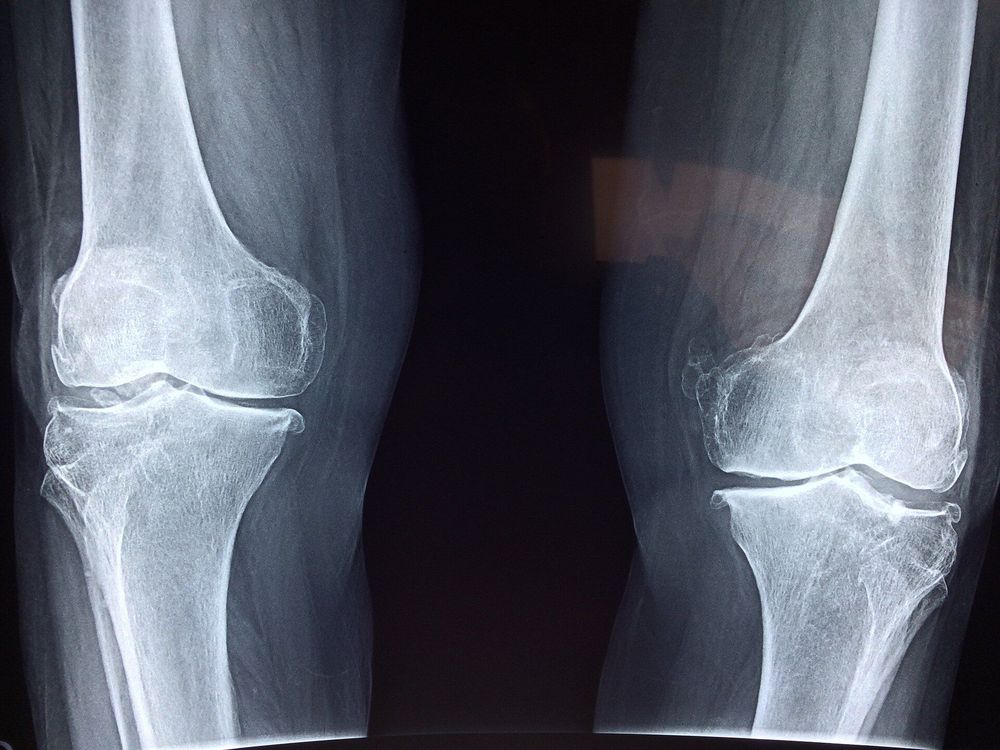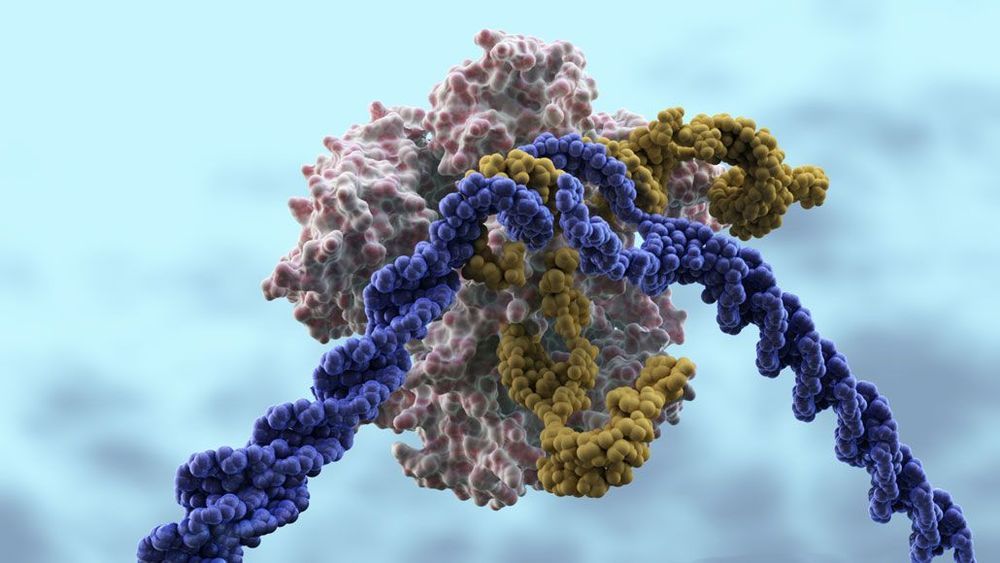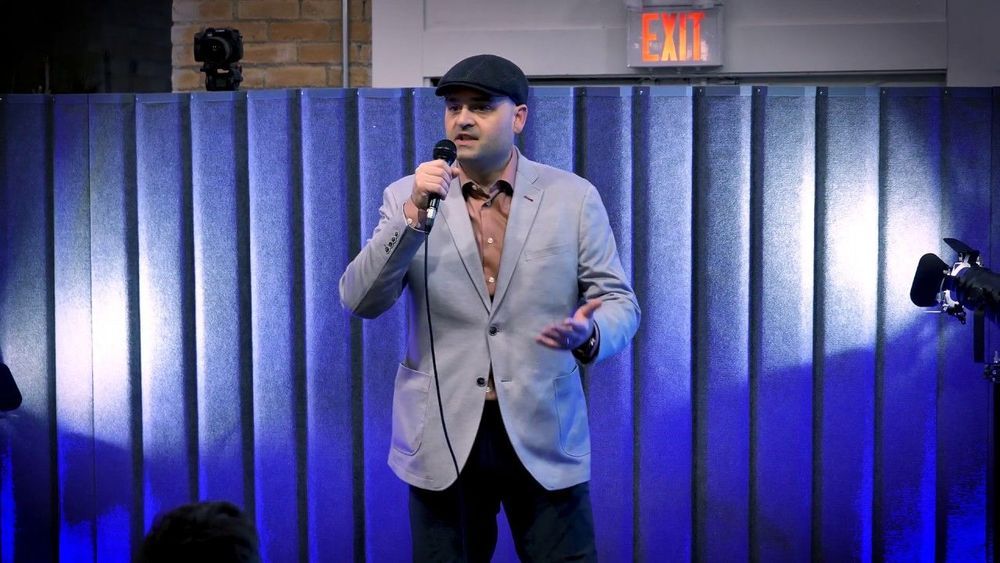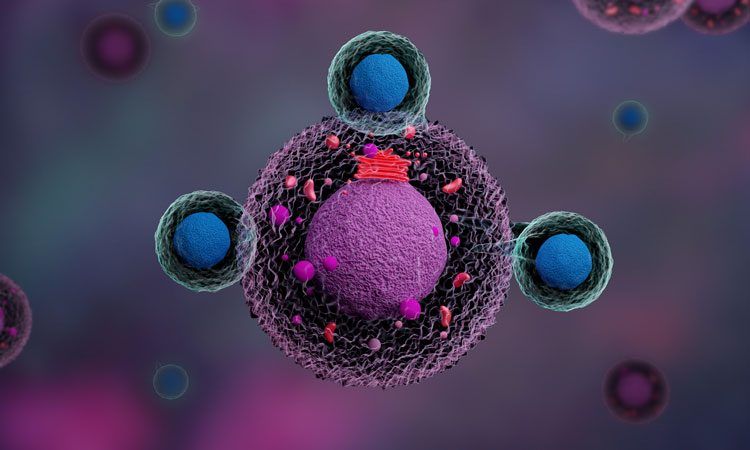With collagen supplements you can regrow cartilage pretty easily. Most supplements work better than medicine when it comes to tissue repair.
Humans have the ability to regrow cartilage, a new study has found.
In a way similar to how salamanders and other creatures can regrow lost limbs, humans have the capacity to repair and regenerate cartilage in their joints, researchers at Duke Health discovered.
“We believe that an understanding of this ‘salamander-like’ regenerative capacity in humans, and the critically missing components of this regulatory circuit, could provide the foundation for new approaches to repair joint tissues and possibly whole human limbs,” said senior author Virginia Byers Kraus, a professor in the departments of medicine, pathology and orthopedic surgery at Duke.










